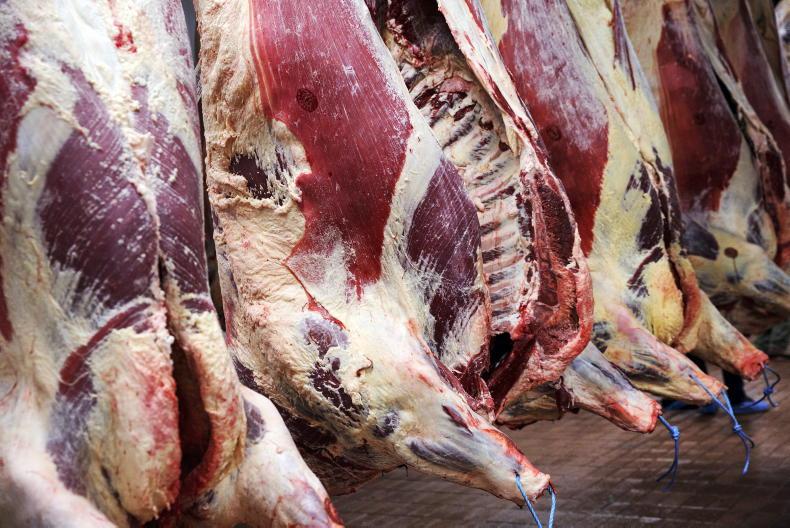International grain futures prices weakened slightly over the past seven days and the situation on wheat has become more fluid. There appears to be increasing uncertainty on likely output numbers for the northern hemisphere and this is increasing nervousness in wheat markets.
Sentiment was good through last week, following the release of an update on harvest expectation from Russia. Official SovEcon figures reduced its forecast for the Russian crop by 1.1mt to 79.7mt.
While this is still more than an average crop, it is the continuous reduction in output that will make markets nervous.
Years that show increasing output forecasts over time tend to continue adding to output during and after harvest
Closer to home Stratégie Grains also reduced its forecast for wheat production in the EU-27+UK by 0.6mt last week. This is further adding to the concerns on overall wheat production, but the same report increased its production forecasts for maize and barley by similar amounts.
In general, years that show increasing output forecasts over time tend to continue adding to output during and after harvest, while those years that show regular output reductions can also continue to lower output assessments through and post-harvest.
Export competitiveness
While prices largely strengthened during last week, they weakened again towards and end of the week and this trend has continued. The main reason for this is that European and US wheat now appears less competitive into export markets following those recent increases. It is also likely that some large traders used the opportunity to take profits from the futures market.
We are very much in a weather market, with spring sown crops under the microscope
The AHDB reports that there was also price pressure within the European market as the French wheat harvest is now almost half-way through. There are also good barley yields in Poland which are giving rise to the possibility that wheat yields there might be better than had been anticipated.
So, we are very much in a weather market, with spring sown crops under the microscope. Ongoing yield reports will be key to evolving sentiment and weather is the driver. This is especially true for the potential of the spring wheat crop in Russia and the possibility of hot, dry weather for EU and US maize crops, which are currently at critical growth stages.
Native prices
Much of the focus on wheat supply is driven by the milling market but we need to be aligned to the feeed markets.
Native prices remain broadly similar to previous weeks with spot wheat around €200/t and barley around €170/t. November prices may be slightly stronger with wheat between €190 and €192/t and barley €170 to €172/t.










SHARING OPTIONS